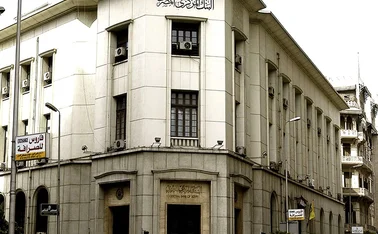
San Francisco Fed research explores evolution of job-matching efficiency
As people out of the labour force are included, the volatility of the job-to-job transition rate falls, economists find

The slow rate of job creation in the US after the great recession suggests the job-matching process may have deteriorated. But new research shows that when people not officially in the labour force are taken into account, and not just those classed as unemployed, the decline is similar to other recessions.
The standard job-matching measures account for only the unemployed, and not those who are out of the conventional labour force. But How much has job matching efficiency declined? by Andreas
Only users who have a paid subscription or are part of a corporate subscription are able to print or copy content.
To access these options, along with all other subscription benefits, please contact info@centralbanking.com or view our subscription options here: subscriptions.centralbanking.com/subscribe
You are currently unable to print this content. Please contact info@centralbanking.com to find out more.
You are currently unable to copy this content. Please contact info@centralbanking.com to find out more.
Copyright Infopro Digital Limited. All rights reserved.
As outlined in our terms and conditions, https://www.infopro-digital.com/terms-and-conditions/subscriptions/ (point 2.4), printing is limited to a single copy.
If you would like to purchase additional rights please email info@centralbanking.com test test test
Copyright Infopro Digital Limited. All rights reserved.
You may share this content using our article tools. As outlined in our terms and conditions, https://www.infopro-digital.com/terms-and-conditions/subscriptions/ (clause 2.4), an Authorised User may only make one copy of the materials for their own personal use. You must also comply with the restrictions in clause 2.5.
If you would like to purchase additional rights please email info@centralbanking.com test test test







